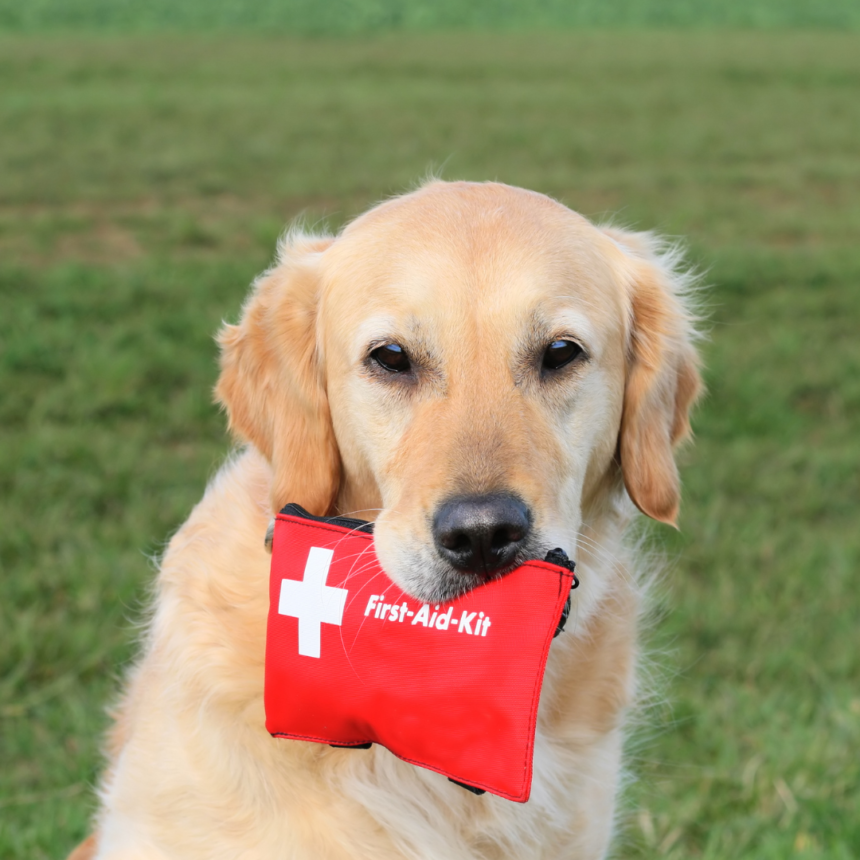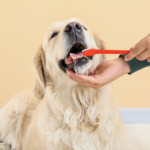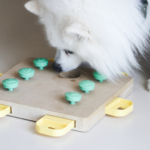Introduction
Ensuring the well-being of your furry friend goes beyond daily care; it involves being prepared for unforeseen situations. Dog first aid is a crucial skill that every pet owner should possess. This guide aims to provide insights and practical tips on essential dog first aid skills, emphasizing their importance in maintaining your canine companion’s health and safety.
Understanding Basic First Aid Principles
Understanding fundamental first aid principles for dogs is a crucial aspect of responsible pet ownership. Just like humans, dogs can encounter unforeseen situations that require immediate attention, and having a basic understanding of first aid can make a significant difference in their well-being.
The first principle is to remain calm. In any emergency, a calm demeanor allows you to think more clearly and take effective action. Assess the situation carefully, ensuring your safety and that of your dog. Identify the problem or injury, and prioritize the actions needed.
Immediate attention to breathing and circulation is fundamental. If your dog is not breathing, perform artificial respiration. For cardiac emergencies, apply chest compressions. Knowing the correct techniques for these lifesaving measures is essential.
Wound care is another key principle. Cleaning and dressing wounds promptly can prevent infections. Keep a well-equipped first aid kit with items like sterile gauze, bandages, and antiseptic solutions.
Understanding your dog’s normal vital signs is crucial for early detection of issues. Monitoring factors like heart rate, respiratory rate, and temperature can provide vital information about your dog’s health.
Finally, know when to seek professional help. Some situations require immediate veterinary attention. If your dog shows signs of distress, severe injuries, or ingestion of toxic substances, contact your veterinarian promptly.
Common Canine Emergencies
Understanding common canine emergencies is crucial for pet owners to respond swiftly and effectively in times of need. Accidents and unforeseen situations can arise, and being prepared can make a significant difference in the outcome for your furry friend.
One prevalent emergency is choking. Dogs, especially those prone to gulping food, can choke on objects or bones. Immediate action involves assessing the airway and performing canine Heimlich maneuvers if necessary.
Ingesting toxic substances is another serious concern. Dogs can accidentally consume household items like chocolate, certain plants, or medications. Recognizing the signs of poisoning, such as vomiting, seizures, or lethargy, and contacting your vet or an emergency poison hotline promptly is crucial.
Trauma, including car accidents or falls, requires careful handling to prevent further injury. Secure your dog on a flat surface, immobilize their spine if necessary, and seek immediate veterinary attention.
Heatstroke is a potentially fatal emergency, especially in warmer climates. Dogs can quickly overheat, leading to distress. Immediate measures involve cooling your dog with water, offering shade, and contacting your vet.
Seizures can be alarming but are relatively common. Ensure your dog is in a safe space, free from sharp objects, and time the seizure. If seizures last longer than five minutes or occur in clusters, seek emergency veterinary care.
Creating a Dog First Aid Kit
Creating a comprehensive dog first aid kit is an essential step for every responsible pet owner. Accidents and health emergencies can happen at any time, and having the necessary supplies readily available can make a significant difference in your dog’s well-being.
Start with the basics. Include sterile gauze, bandages, adhesive tape, and scissors for wound care. Antiseptic wipes or solution help prevent infection, while tweezers can aid in removing splinters or ticks. A digital thermometer allows you to monitor your dog’s temperature, providing crucial information for veterinarians.
In case of injuries to your dog’s paws, pack booties or self-adhering bandages to protect their feet. Styptic powder helps control bleeding from minor cuts or nail trims. Additionally, having a small flashlight in your kit is useful for examining wounds or assessing your dog’s condition in low-light situations.
Include a pet-specific first aid manual to guide you through common emergency situations. Medications prescribed by your veterinarian, if applicable, should also be part of the kit. Additionally, keep a copy of your dog’s medical records and contact information for your veterinarian and an emergency animal poison control hotline.
A comfortable muzzle is essential for your safety and that of others, especially in stressful situations. Non-latex disposable gloves maintain cleanliness during treatment. Calming aids, such as lavender oil or a familiar blanket, can help soothe an anxious dog.
Regularly check and update your dog’s first aid kit to ensure that all supplies are within their expiration dates and that nothing is missing. Taking the time to assemble a well-prepared first aid kit demonstrates your commitment to your dog’s health and safety.
Administering Basic Medical Care
Knowing basic medical procedures for your dog is crucial for providing immediate care in case of injuries. Follow these step-by-step instructions to confidently handle common situations like cleaning wounds and applying bandages.
Cleaning Wounds:
- Prepare the Area: Find a well-lit, clean space for the procedure.
- Gather Supplies: Use sterile gauze, antiseptic solution, tweezers, and clean towels.
- Restrain Your Dog: If necessary, have a helper gently restrain your dog to prevent sudden movements.
- Assess the Wound: Identify the type and size of the wound. If it’s deep or severe, seek veterinary assistance.
- Clean with Antiseptic Solution: Dampen the gauze with the solution and gently clean the wound, removing debris.
- Use Tweezers Carefully: Use tweezers to remove any visible splinters or foreign objects.
- Pat Dry: Gently pat the wound dry with a clean, dry towel.
Applying Bandages:
- Select the Right Bandage: Choose a non-stick sterile pad and secure bandage material.
- Wrap the Wound: Place the sterile pad over the wound and wrap the bandage snugly, but not too tight.
- Secure with Adhesive Tape: Use adhesive tape to keep the bandage in place.
- Monitor Regularly: Check the bandage regularly for signs of infection or irritation.
- Keep Your Dog Calm: Prevent your dog from licking or chewing the bandage by using an Elizabethan collar if necessary.
Remember, these procedures are for minor wounds, and professional veterinary care is essential for severe injuries. Always consult with your veterinarian for guidance and support. Regular practice and preparation will enhance your ability to respond effectively to your dog’s medical needs.
Conclusion
In conclusion, possessing basic dog first aid skills is a responsibility that comes with pet ownership. By understanding the ABCs of dog first aid, you empower yourself to act swiftly and effectively in times of need, potentially saving your canine companion’s life. Stay informed, be prepared, and prioritize your dog’s health and safety.









